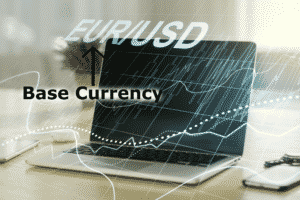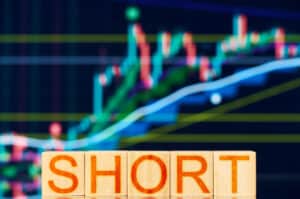The difference in the price of various assets, be it currency, stocks, or precious metals, is the only and unique source of income on the stock exchanges, which is called spread. It is on price fluctuations that traders earn their profit using various statistical tools and information channels for accurate investment forecasting. At the same time, you can gain both by increasing and decreasing the value of the asset.
Formation
Any asset traded on the stock market always has two types of price: the best price at which you can buy it at the moment, set by the seller, and the best price to sell at, as quoted by the buyer. The bid price is what the buyer of an asset is willing to pay, while the asking price is what the seller is willing to earn in a trade. The spread stands for the difference between the highest bid and the lowest ask prices that exist for a particular asset. This difference negatively correlates with liquidity.
Despite the fact that both parties need to fill their orders, each is ready to yield only a certain amount, below or above which they will simply deem the deal as unprofitable. During the auction, the seller can slightly lower their price, and the buyer can raise it.
A trader who wants to sell assets (shares or other securities) is likely not willing to sell the shares at the current market price. Likewise, a trader who wants to buy a stock may not want to buy at the market price. In these situations, the buyer sets his bid price, and the seller sets the ask price.
At the same time, each party keeps offering more favorable conditions to the other one. These terms are not yet in full agreement, but the prices of both sides are approaching the point of contact. In other words, the difference between prices (i.e., the spread) is narrowing.
Before the introduction of ECN, trading on an exchange would be carried out through negotiations and spread reduction, i.e., the difference between the bid and ask prices. For example, if the current market price of a share was $1, the ask price would likely be $1.02, and the bid price would be $0.97. Only when the seller and the buyer agreed on the price, the transaction took place. On the trading platforms, the price matching is performed automatically, and stop and limit orders are applied to eliminate the risks involved.
Types
There are two types of spreads in the market:
- Floating
- Fixed
Various situations influence the floating spread, and its size can change at any moment. These fluctuations look spontaneous, but in fact they are regulated by market makers, whose duties include maintaining market liquidity and ensuring the relative stability of the spread.
The process is as follows. The broker sets the lower limit of the spread. Further, the indicator may change in the direction of growth under the influence of fluctuations in asset prices.
The fixed spread has a strictly specified size. It does not depend on the influence of fluctuations in exchange rates, supply, and demand indicators. The fixed spread allows you to predict price changes and calculate the approximate amount of profit from a trade. Sometimes it is manually increased by the broker, depending on the current forecasts in the field of investment, finance, or economics.
The fixed spread is negotiated in advance and reflected in terms of the agreement between the broker and the trader. It is most suitable for trading through automated terminals.
What affects the size of the spread
The size of the spread depends on the following factors:
- Asset liquidity. This is the most important indicator that affects spread size. The higher the liquidity of an asset, the lower the spread value will be. The lowest liquidity levels can be seen at night and at the weekends.
- Transaction amount. Too insignificant or, conversely, too high a contract value is associated with additional brokerage costs. This entails an increase in the size of the spread.
- Current stock market situation. It develops depending on the political and economic factors of both individual countries and the global community. Any change in these areas entails fluctuations in the exchange rate and an increase in the spread.
- Availability of affiliate programs. Usually, their members are rewarded through the spread.



